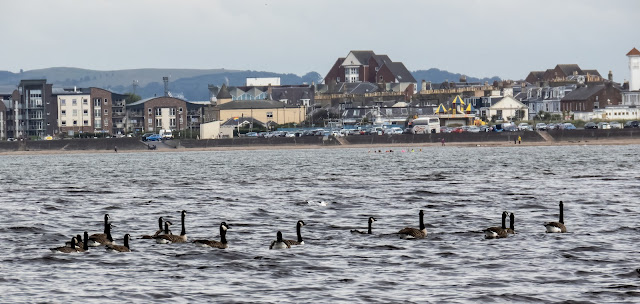The numbers of some species of wild animal traded defy the most vivid imagination. I read, in a new paper:
About three million tokay geckos per year were exported from Indonesia from 2015 to 2021, all dead and dried, with an export record of 5,974,550 in 2022.
For how long populations in the wild can be sustained, not just in Indonesia but in other south-east Asian countries from which Tokay geckos are exported, is open to question. The dried geckos are sent to China for human consumption in traditional Chinese medicine.
Some idea of the size of the market for Tokay Geckos (Gekko gecko) in Hong Kong was brought home to me about 20 years ago. Outside a medicine/food importers were bags of goods waiting to be moved inside. Amongst the interesting aromas which surround such establishments were sacks full of dried geckos. Each must have contained several thousand adults.
The recent paper tracks, using one mitochondrial gene, the origin of the geckos imported into Hong Kong. However, Hong Kong is interesting in that there is a wild population. In addition, live geckos were and still are imported both for traditional medicine and for sale in pet shops, although in comparison with the former, the numbers involved must be very small. Such is the concern with the volume of imports that the Tokay Gecko has recently been afforded protection under the Hong Kong Protection of Endangered Species of Animals and Plants Ordinance. Since 2019 it has been listed as CITES II: a species for which international trade should be controlled.
Shopkeepers asked in 2020 about the origins of the geckos they were selling reported China, Thailand and Vietnam, responses borne out by genetic analysis. They said that Indonesian geckos had been but were no longer imported. 88% of shopkeepers believed Tokay geckos to be farmed.
I realised as I read the paper that there must be historical information on where the live Tokay Geckos intended for human consumption in Hong Kong had been collected in the past. When we arrived in Hong Kong in November 1965, K.W. Chiu was working on the skin of Tokay Geckos. He was working for a PhD with Paul Maderson who had started the work in Hong Kong in 1962 but who had moved to the USA earlier in 1965. The geckos, intended for human consumption, were bought from the local snake shop. Suddenly the supply ceased, possibly because of disruption caused by Mao’s ‘Cultural Revolution’ and Chiu needed more in order to complete his work. A letter was sent to the British Embassy in Peking (now pinyinised to Beijing) asking the scientific attaché to help since it was known the animals came from southern China. I cannot remember what happened next but more geckos were secured.
I thought I would see if I could find any mention of where in China the 1960s geckos came from by searching some of the Maderson & Chiu papers. I quickly found the answer: Kwangsi now known as Guanxi Province. Whether Guanxi was then, and is now, the area of origin of all the geckos or whether it was a gathering point of geckos traded from neighbouring Vietnam and nearby north-east Thailand and Laos I do not know but in the genetic analysis these area loomed large and it would seem to me the trade in Hong Kong still relies on traders and trade routes that have endured at least since the end of the Second World War.
However, there is a complication. The new paper treats two morphs (black-spotted and red-spotted) as geographical distinct subspecies (G. gecko reevesii and G. g. gecko). By contrast, the IUCN Red List follows a 2011 paper in assigning the two forms species status and thereby resurrecting Reeves’s Tokay Gecko, G reevesii named by John Edward Gray of the British Museum in 1831. Therefore it is difficult to knowing what occurs where, Guanxi for example, when reading different accounts. However, the IUCN report does state that most records of G. gecko from Nanning, Guanxi are thought to be of animals that had escaped from farms. If—as seems likely—there are gecko farms in Guanxi then there may be all sorts of genetic admixture, just as in the case of Chinese giant salamanders.
The new paper discusses the effect of trade on populations in the countries of origin of Tokay Geckos and on the effect on accidental or intentional releases of live animals in the regions to which they are imported. The authors also consider the origins of the Tokay Gecko in Hong Kong—a topic to which I shall return.
Dufour PC, Miot EF, So TC, Tang SL, Jones EE, Kong TC, Yuan FL, Sung Y-H, Dingle C, Bonebrake TC. 2022 Home and hub: pet trade and traditional medicine impact reptile populations in source locations and destinations. Proceedings of the Royal Society B 289:20221011 doi.org/10.1098/rspb.2022.1011
Chiu KW, Maderson PFA. 1980. Observations on the interactions between thermal conditions and skin shedding frequency in the Tokay (Gekko gecko). Journal of Herpetology 14, 245-254.




